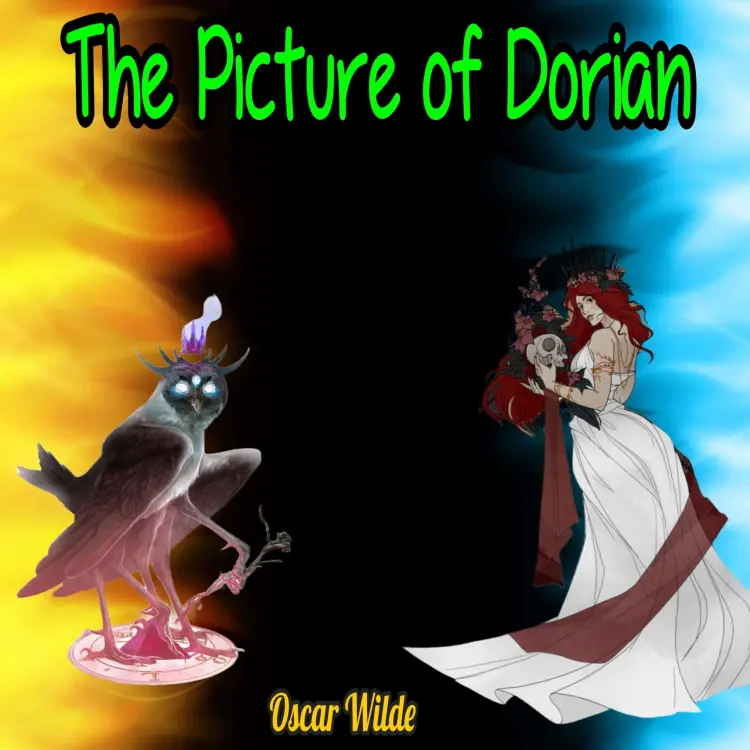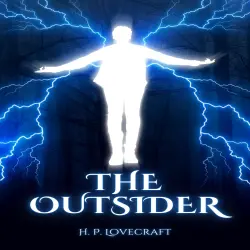
The Picture of Dorian
Oscar Wilde
Unabridged
6 uur 7 minuten
Opmerking: Er kunnen kosten verbonden zijn aan het afspelen van de audioboeken of hoorspelen op de respectievelijke platforms, bijv. Spotify. Lismio heeft geen invloed op welke luisterboeken en hoorspelen beschikbaar zijn op de service.
Sommige artikelen bevatten affiliate links (gemarkeerd met een sterretje *). Als je op deze links klikt en producten koopt, ontvangen we een kleine commissie zonder extra kosten voor jou. Uw steun helpt ons deze site draaiende te houden en nuttige inhoud te blijven maken. Hartelijk dank voor uw steun!
Van de uitgever
The Picture of Dorian Gray by Oscar Wilde is a philosophical novel by Oscar Wilde. A shorter novella-length version was published in the July 1890 issue of the American periodical Lippincott's Monthly Magazine.
The novel-length version was published in April 1891.
The story revolves around a portrait of Dorian Gray painted by Basil Hallward, a friend of Dorian's and an artist infatuated with Dorian's beauty. Through Basil, Dorian meets Lord Henry Wotton and is soon enthralled by the aristocrat's hedonistic worldview: that beauty and sensual fulfillment are the only things worth pursuing in life.
Newly understanding that his beauty will fade, Dorian expresses the desire to sell his soul, to ensure that the picture, rather than he, will age and fade. The wish is granted, and Dorian pursues a libertine life of varied amoral experiences while staying young and beautiful; all the while, his portrait ages and visually records every one of Dorian's sins.
Wilde's only novel, it was subject to much controversy and criticism in its time but has come to be recognized as a classic of gothic literature.
For the fuller 1891 novel, Wilde retained Stoddart's edits and made some of his own, while expanding the text from thirteen to twenty chapters and added the book's famous preface. Chapters 3, 5, and 15-18 are new, and chapter 13 of the magazine edition was divided into chapters 19 and 20 for the novel.
Revisions include changes in character dialogue as well as the addition of the preface, more scenes and chapters, and Sibyl Vane's brother, James Vane.
The edits have been construed as having been done in response to criticism, but Wilde denied this in his 1895 trials, only ceding that critic Walter Pater, whom Wilde respected, did write several letters to him "and in consequence of what he said I did modify one passage" that was "liable to misconstruction". A number of edits involved obscuring homoerotic references, to simplify the moral message of the story.
The novel-length version was published in April 1891.
The story revolves around a portrait of Dorian Gray painted by Basil Hallward, a friend of Dorian's and an artist infatuated with Dorian's beauty. Through Basil, Dorian meets Lord Henry Wotton and is soon enthralled by the aristocrat's hedonistic worldview: that beauty and sensual fulfillment are the only things worth pursuing in life.
Newly understanding that his beauty will fade, Dorian expresses the desire to sell his soul, to ensure that the picture, rather than he, will age and fade. The wish is granted, and Dorian pursues a libertine life of varied amoral experiences while staying young and beautiful; all the while, his portrait ages and visually records every one of Dorian's sins.
Wilde's only novel, it was subject to much controversy and criticism in its time but has come to be recognized as a classic of gothic literature.
For the fuller 1891 novel, Wilde retained Stoddart's edits and made some of his own, while expanding the text from thirteen to twenty chapters and added the book's famous preface. Chapters 3, 5, and 15-18 are new, and chapter 13 of the magazine edition was divided into chapters 19 and 20 for the novel.
Revisions include changes in character dialogue as well as the addition of the preface, more scenes and chapters, and Sibyl Vane's brother, James Vane.
The edits have been construed as having been done in response to criticism, but Wilde denied this in his 1895 trials, only ceding that critic Walter Pater, whom Wilde respected, did write several letters to him "and in consequence of what he said I did modify one passage" that was "liable to misconstruction". A number of edits involved obscuring homoerotic references, to simplify the moral message of the story.








